Magazine
What In The World Is SPF Anyway?!
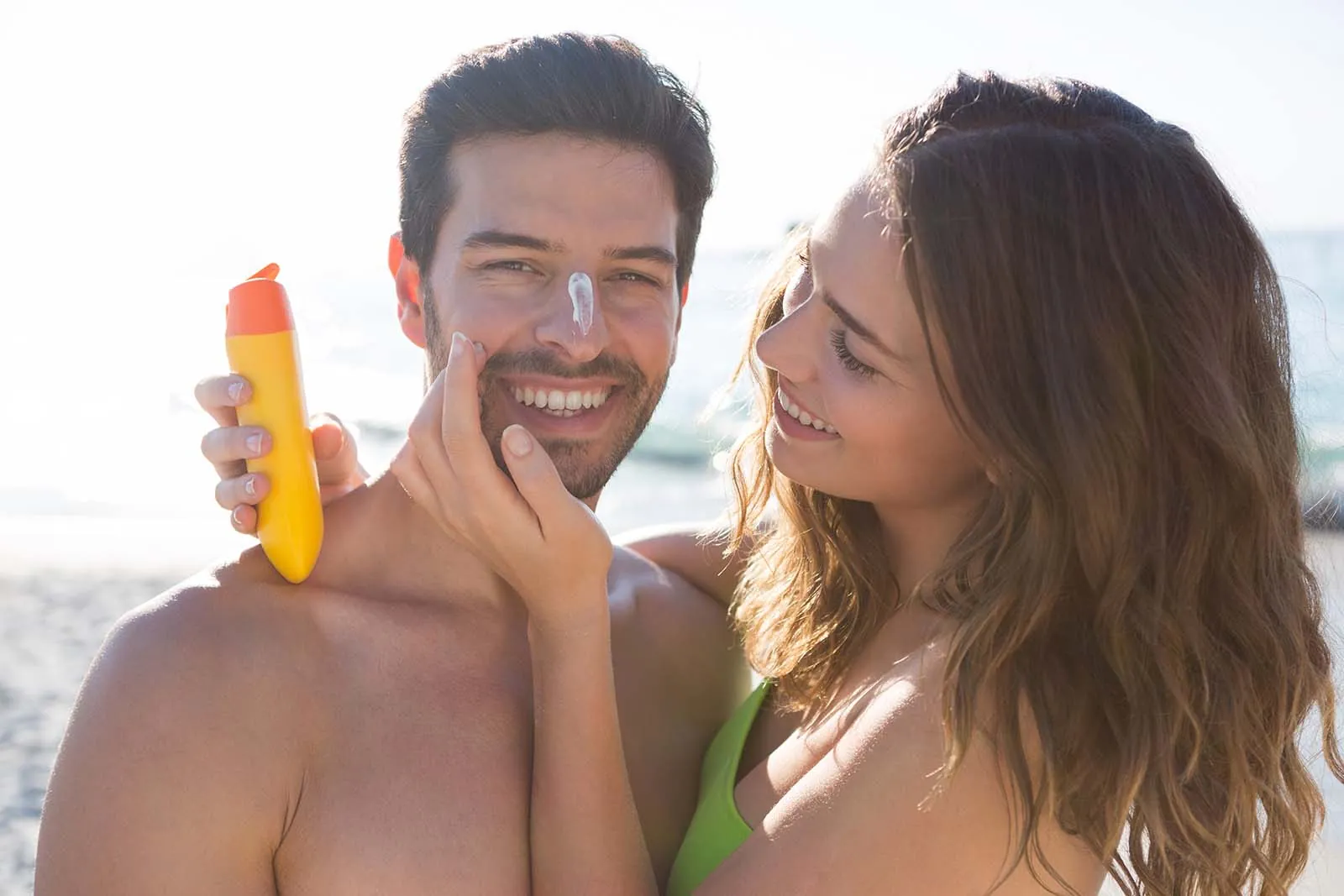
Particle’s Guide To Sunscreen And Protecting Your Skin
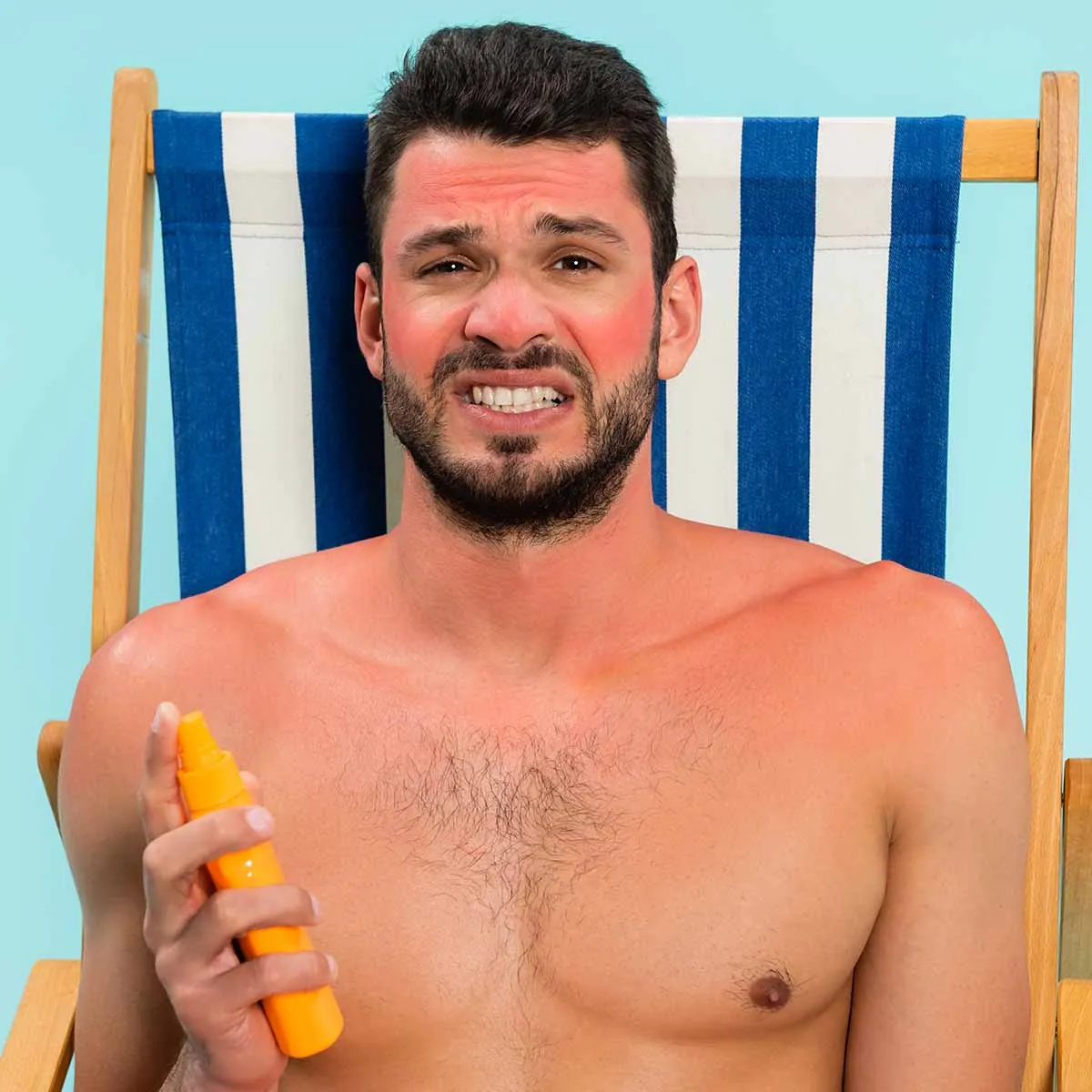
Summer is here, and with it come the long-awaited sunny days filled with outdoor adventures. But before you pull on your socks, strap on your sandals, and saddle up your fanny pack (just kidding, please don’t do this), there’s one crucial element you need to consider… Sunscreen!
You’ve probably heard about SPF, seen it on every sunscreen bottle, and maybe even have a preferred number you reach for…
…But what does SPF ACTUALLY mean? How does it protect you? And what’s all this whispering going on about Particle’s next-generation sunscreen?
Well, it’s time to get those answers and more right here in our guide!
What is SPF?
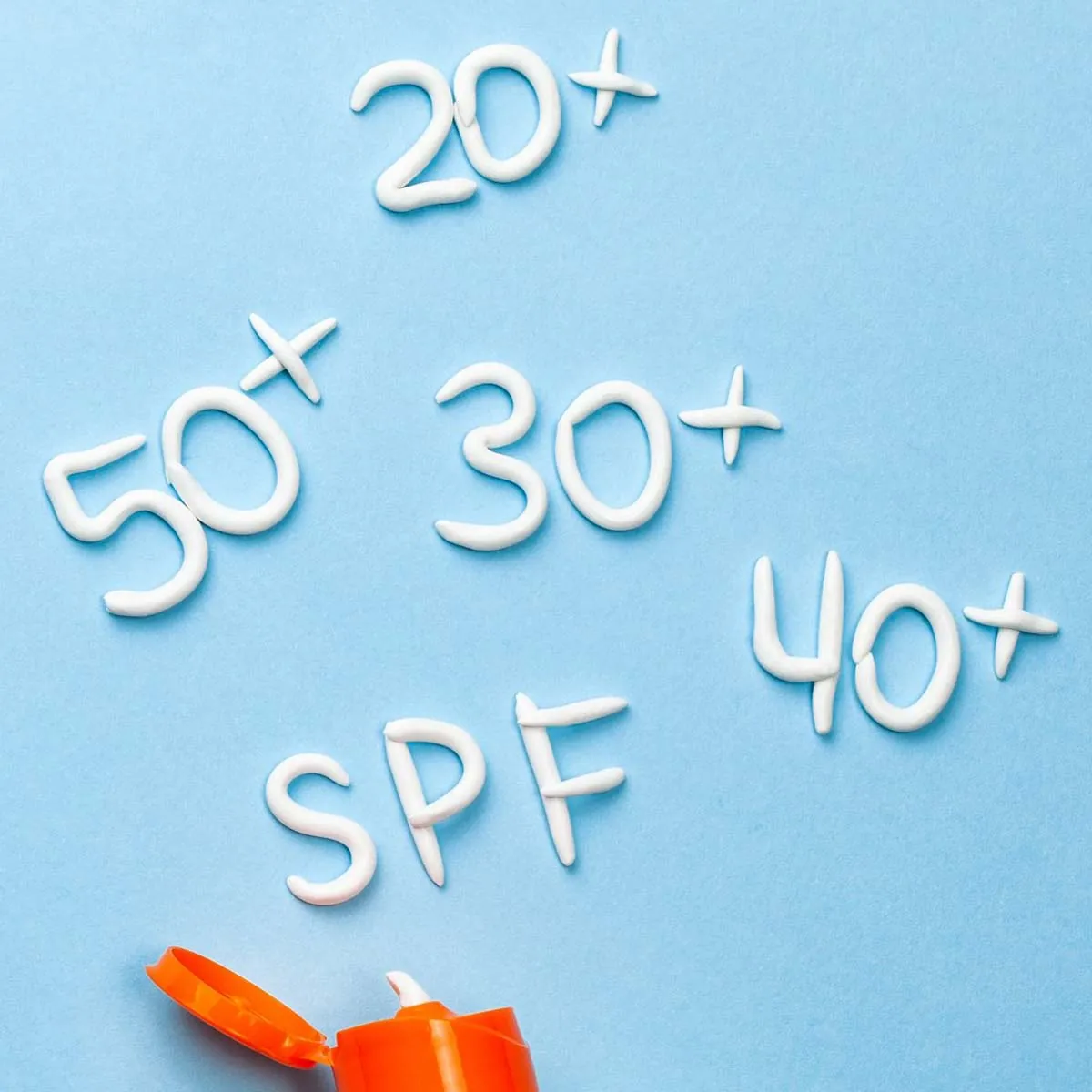
SPF stands for Sun Protection Factor.
It’s there to let you know how well a sunscreen will protect your skin from harmful ultraviolet (UV) rays.
There are two types of UV rays that can harm your skin: UVA and UVB. UVA rays penetrate deep into the skin, leading to premature aging and wrinkling, while UVB rays are responsible for sunburn. But both types can contribute to skin cancer.
The SPF number indicates how long you can stay in the sun without getting burned compared to how long you could stay if you were not wearing any sunscreen.
For example, if you use a sunscreen with SPF 40, you can theoretically stay in the sun 40 times longer without burning than you could without protection.
Understanding SPF Levels
Choosing the right SPF level for you depends on quite a few things. These include your skin type, the intensity of sun exposure, and how long you will be outdoors.
Here’s a breakdown of what the different SPF levels mean:
SPF 15: Provides 93% UVB protection. It’s okay for everyday activities and short sun exposure.
SPF 30: Offers 97% UVB protection. More suited for longer outdoor activities.
SPF 40: Offers 97.5-98% UVB protection. This is perfect for a full day out in the sun.
SPF 50: Gives 98% UVB protection. Recommended if you have very fair skin or have a higher risk of skin cancer.
SPF 100: Blocks 99% of UVB rays. Unless you are trekking across the Sahara desert, you will not need anything as extreme as SPF 100.
While higher SPF levels offer slightly more protection, no sunscreen can block 100% of UV rays And regardless of the SPF level, it’s advised by medical professionals to reapply sunscreen at least every two hours and immediately after swimming or sweating.
Look For Broad-Spectrum Protection
As well as the SPF number, it’s important to look out for sunscreens labeled “broad-spectrum.”
This means the product protects against BOTH UVA and UVB rays.
Only broad-spectrum sunscreens with an SPF of 15 or higher can claim to reduce the risk of skin cancer and early skin aging if used as directed.
Stay Safe And Protected With Particle Sunscreen
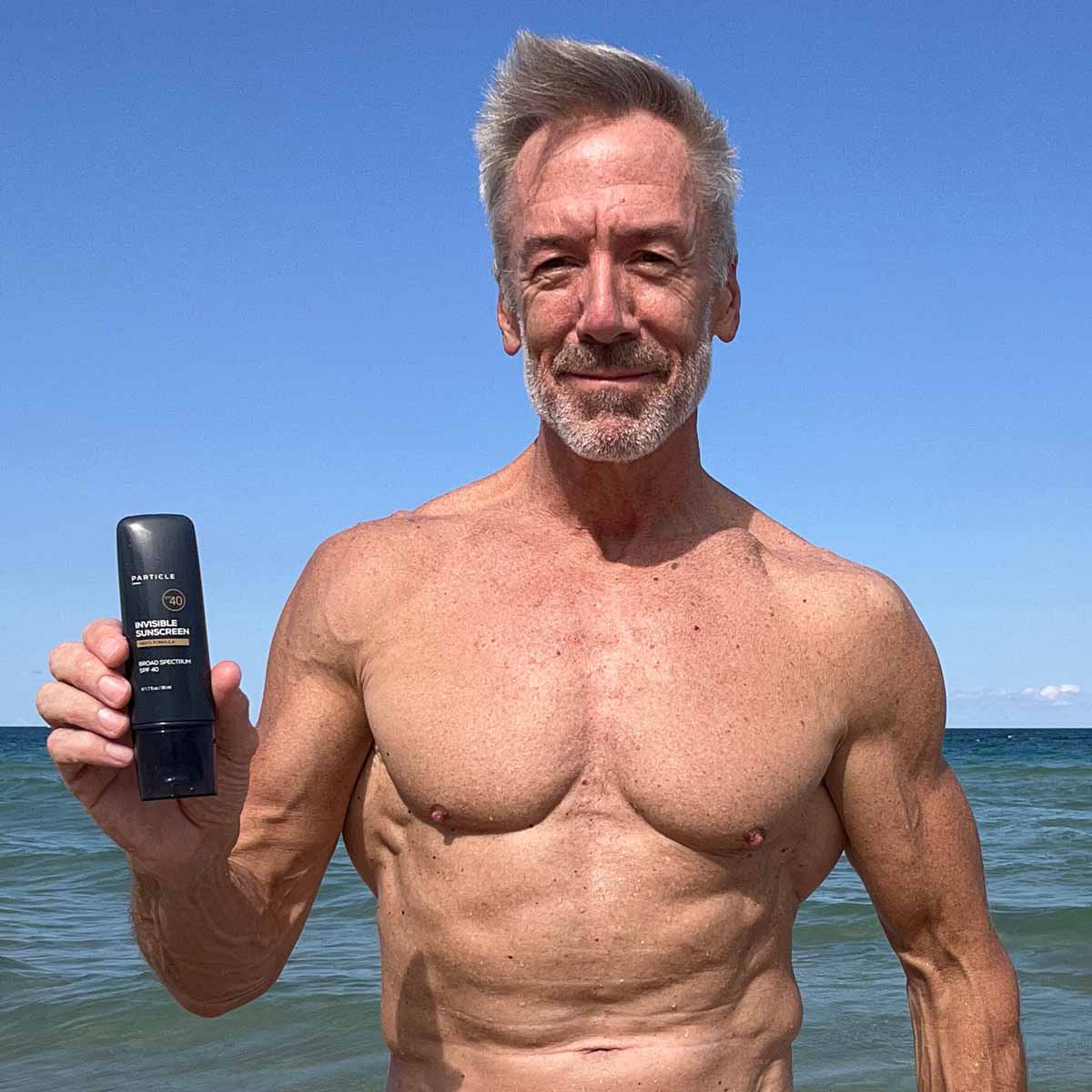
Particle Invisible Sunscreen is a first-of-its-kind product specifically engineered for men who want maximum protection from the sun without compromise. Particle sunscreen contains Sesame Seed Extract, known to hydrate dry skin, improve elasticity, and reduce the appearance of wrinkles. According to various studies, Sesame seeds have natural UV protection properties, making their extract a fantastic addition to sunscreen. Particle Sunscreen is also invisible and leaves no trace marks or strong odors on the skin.
Why Choose Particle Sunscreen?
Broad-Spectrum Protection: Contains a variety of tried and tested ingredients considered to be the gold standard when it comes to UVA and UVB protection.
Less Irritation: Mineral sunscreens are less likely to cause skin irritation, making them suitable for all skin types.
Immediate Effect: Unlike chemical sunscreens, which must be applied 15-30 minutes before sun exposure, particle sunscreens work immediately upon application.
No White Marks: Particle sunscreen is non-greasy, non-sticky and completely invisible, so you don’t have to worry about greasy white marks on your clothes and skin.
Environmental Impact: Mineral sunscreens are considered much more environmentally friendly, particularly in marine environments. Chemical sunscreens can contribute to coral bleaching, while mineral particles are considered safer for ocean life.
Application Tips for Maximum Protection
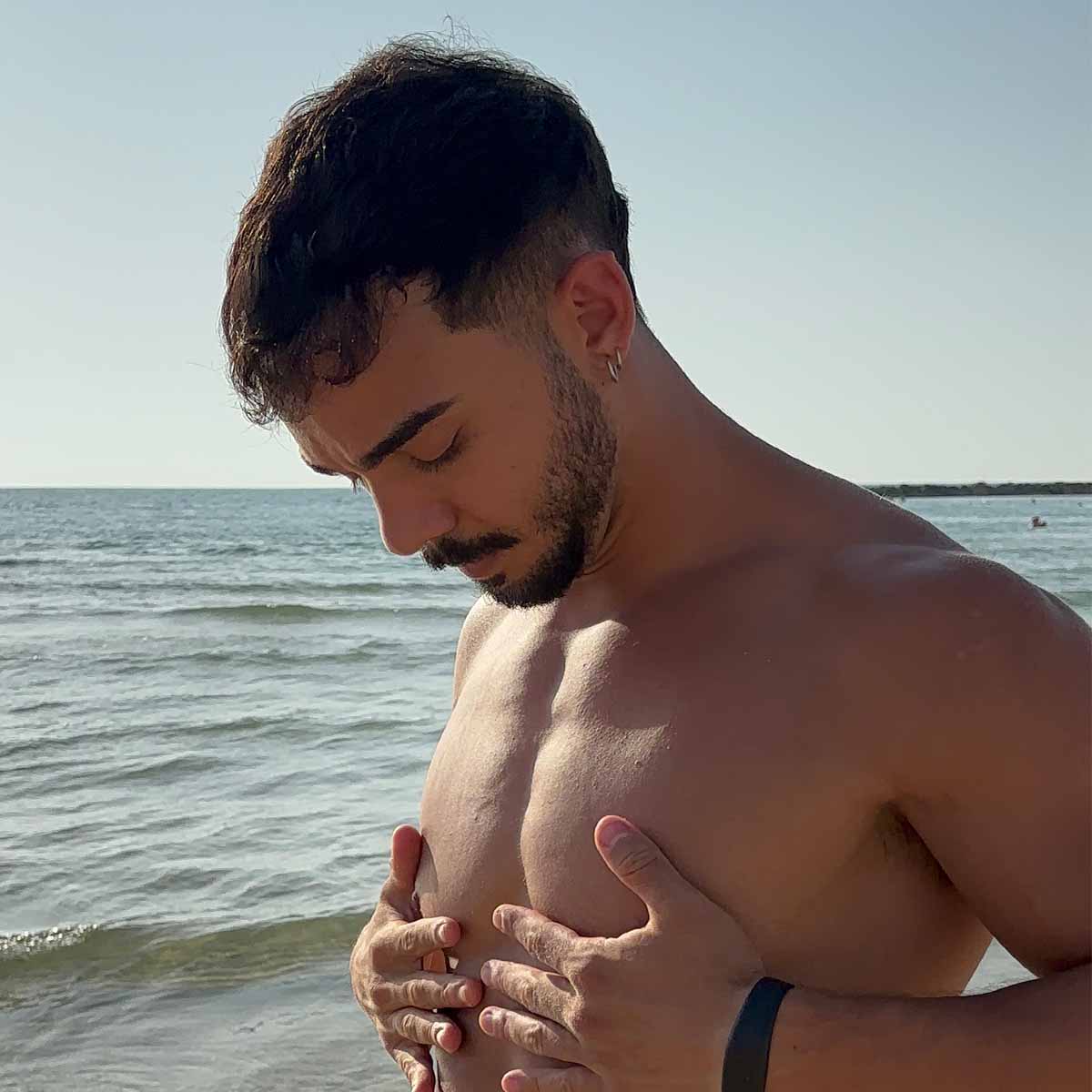
Remember, sunscreen is only as good as the application.
Here are some tips to ensure you’re getting the most out of your sunscreen:
Use Enough: Most people don’t apply enough sunscreen. An average adult needs about one ounce (a shot glass full) to cover the entire body. Don’t forget easily missed spots like the ears, back of the neck, and tops of the feet. (These are painful when they burn!)
Apply Early and Often: Although Particle Sunscreen works instantly, it’s still a good idea to apply it at least 15 minutes before going outside and reapply at least every two hours.
Don’t Rely on Sunscreen Alone: Complement sunscreen with other protective measures like hats, sunglasses, and linen clothing, and seek shade during peak sun hours (10 a.m. to 4 p.m.).
Common Myths about Sunscreen
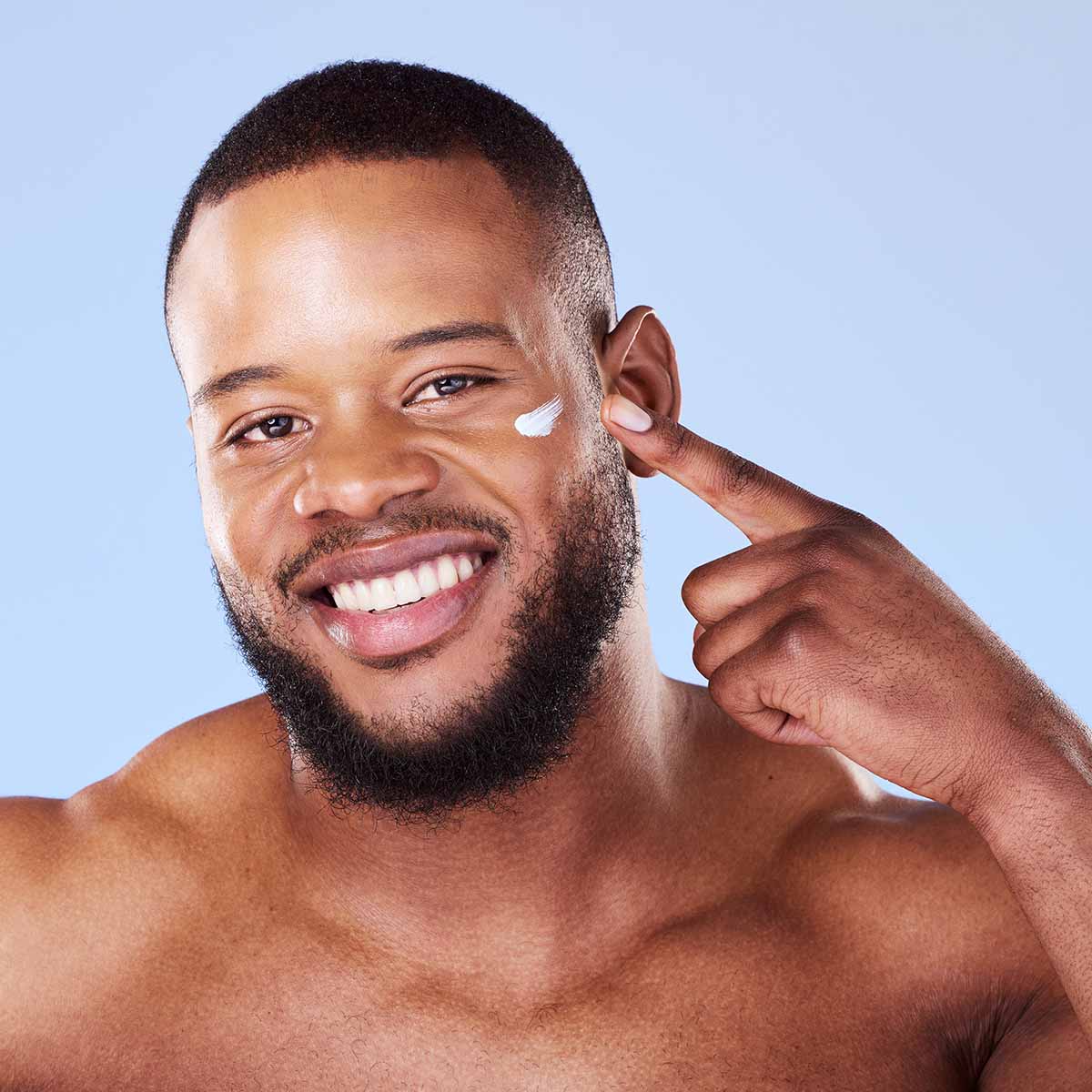
Myth 1: You Don’t Need Sunscreen on Cloudy Days… WRONG!
Fact: Up to 80% of UV rays can penetrate clouds, so you need protection even on overcast days.
Myth 2: Dark Skin Doesn’t Need Sunscreen… WRONG!
Fact: While darker skin has more melanin and some natural protection, it can still suffer damage from UV rays and is not immune to skin cancer.
Myth 3: Sunscreen Causes Vitamin D Deficiency…WRONG!
Fact: Sunscreen may reduce the skin’s production of vitamin D, but not significantly. You can get sufficient vitamin D through diet and supplements if necessary.
Wrapping Up… Not Literally, Of Course
Sun protection should be an essential part of your skincare routine, not just in summer but all year round.
Understanding SPF and the benefits of different types of sunscreens, especially Particle Sunscreen, can help you make informed decisions to protect your skin effectively.
So, slather on that sunscreen next time you head outdoors and enjoy the sunshine safely!
Remember, the best sunscreen is the one you use consistently and correctly.
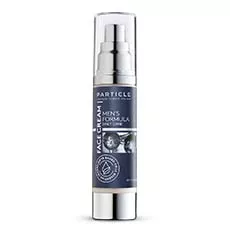
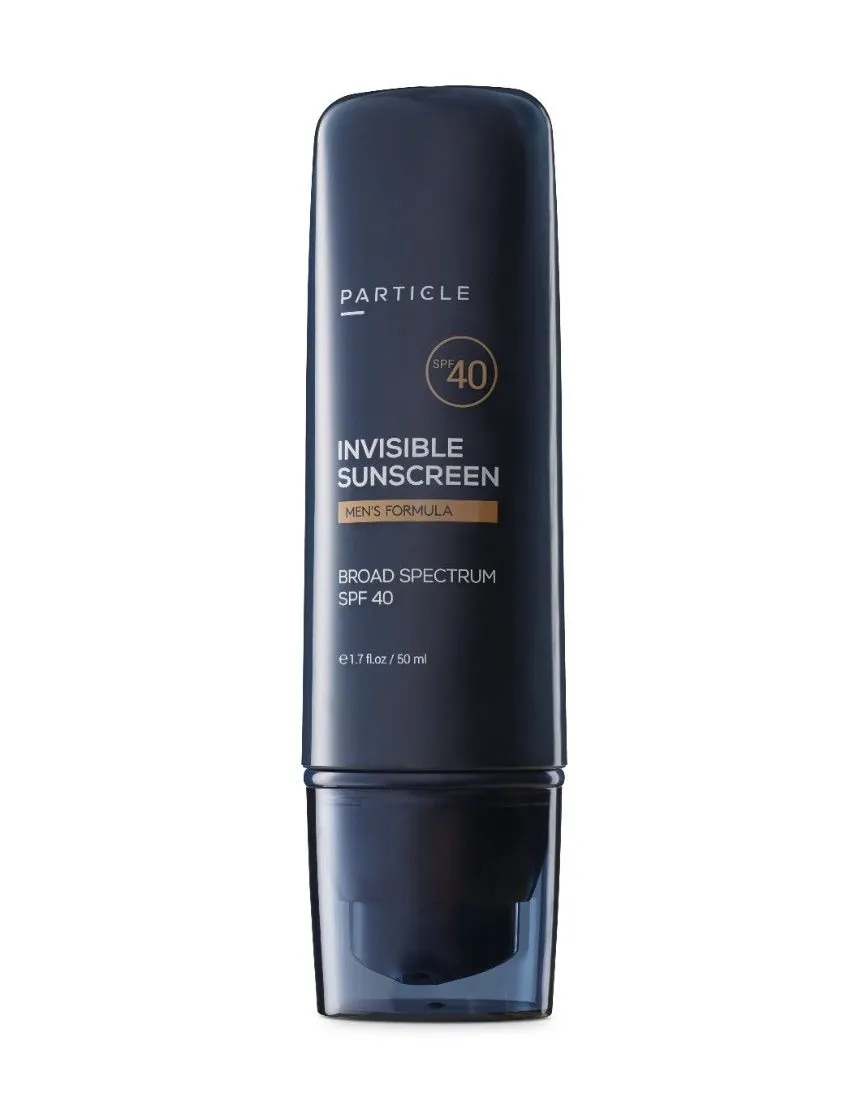
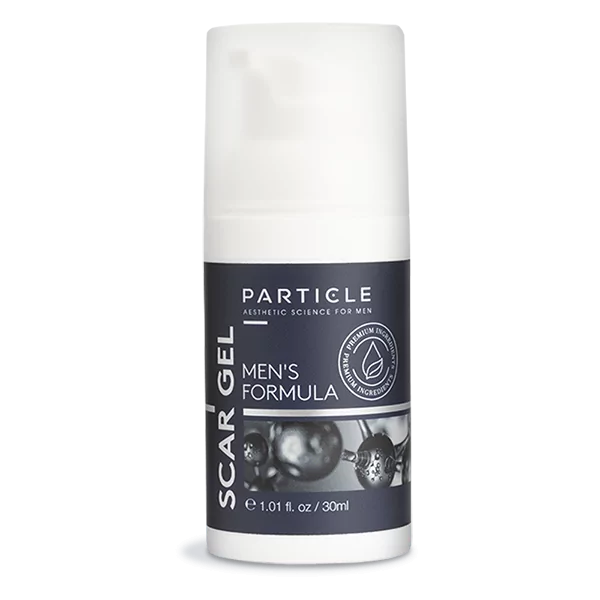
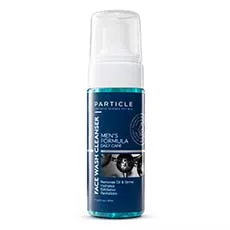
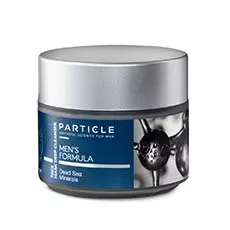
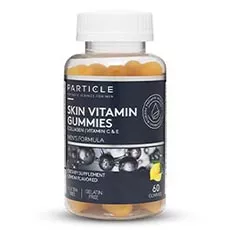
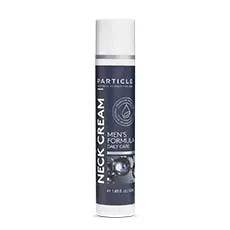
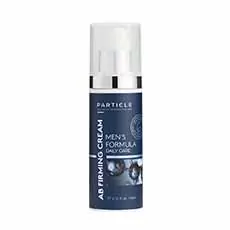
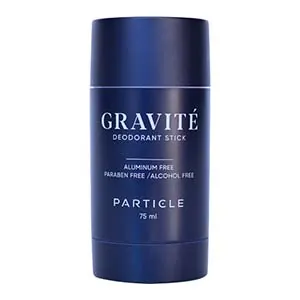
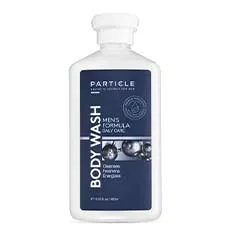
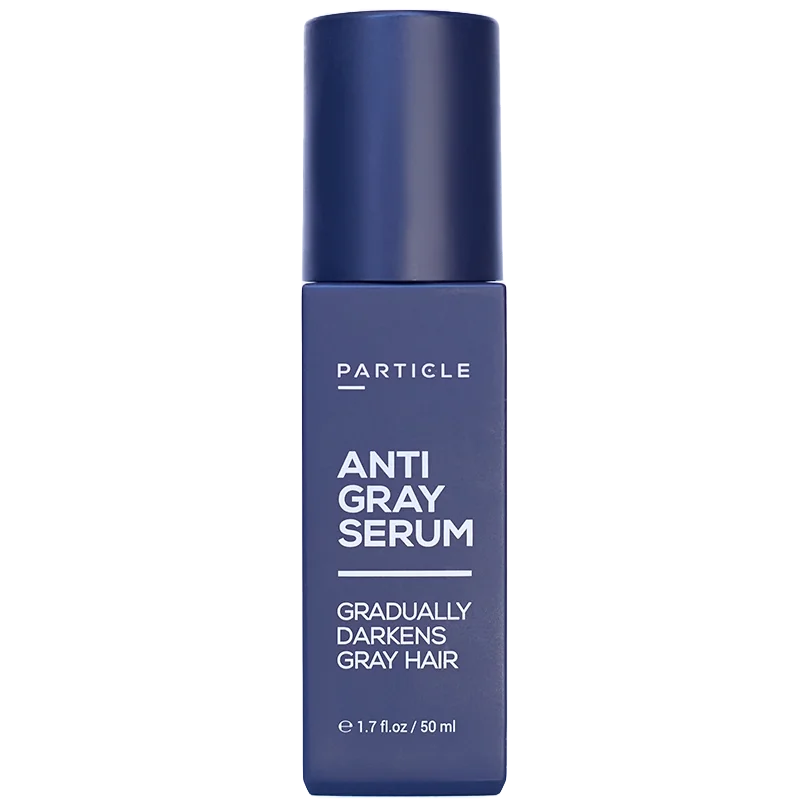
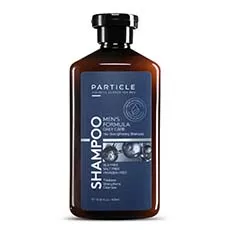
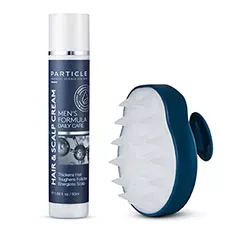
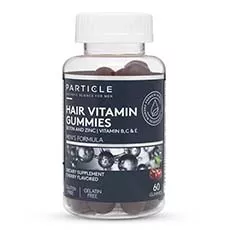
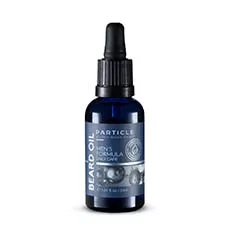
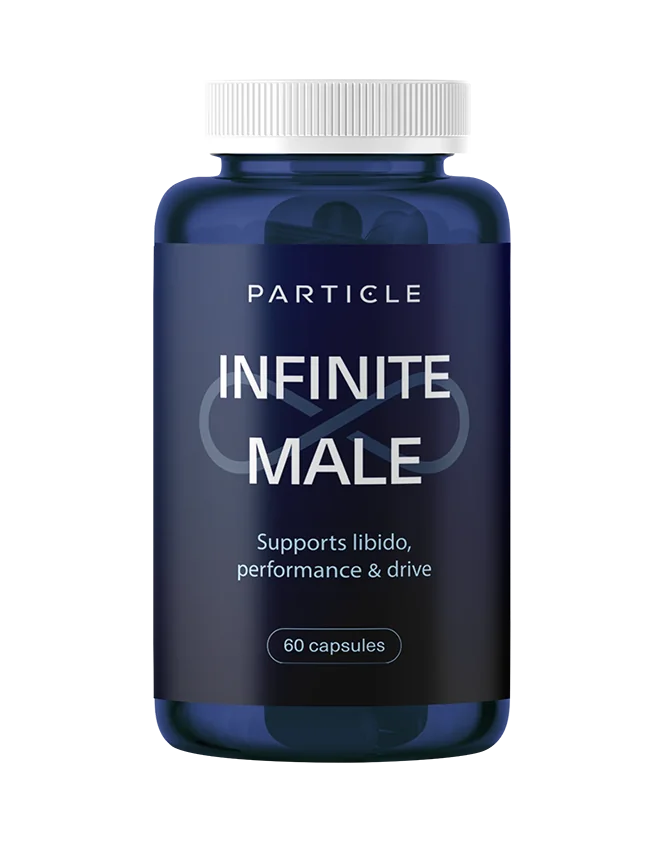
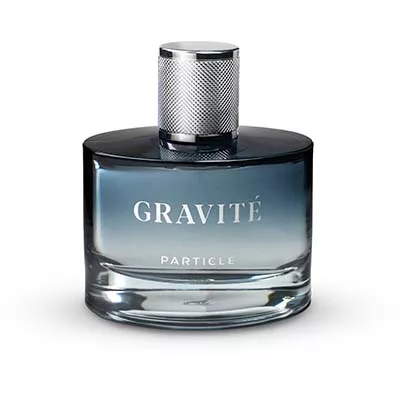

 en
en















